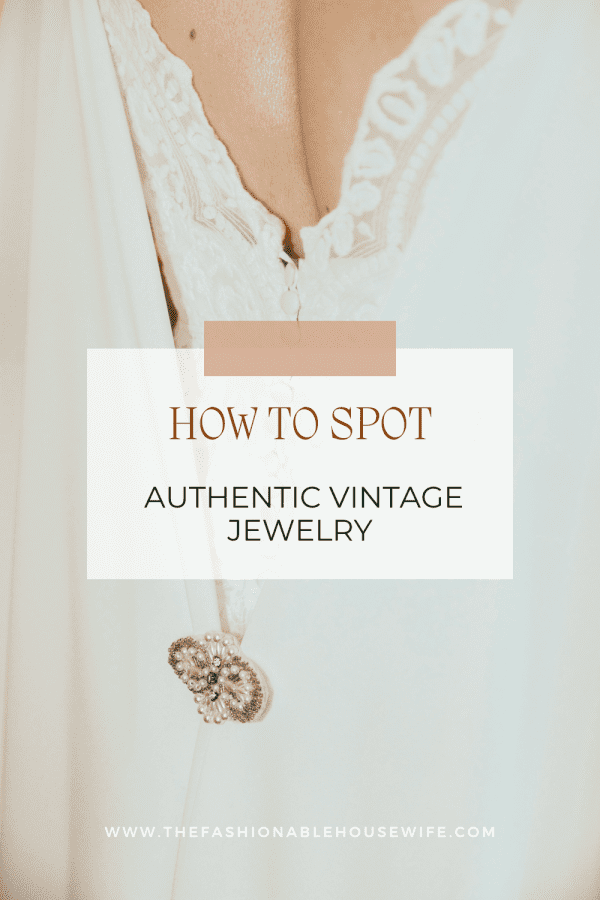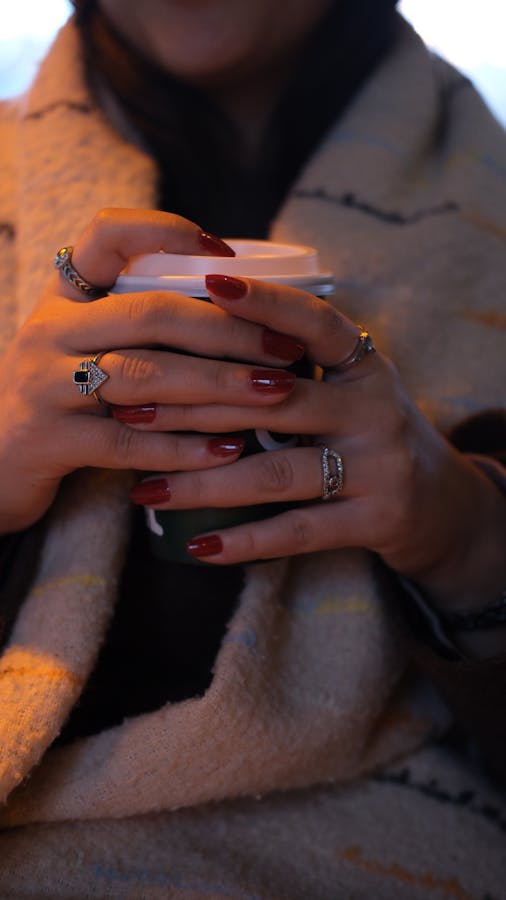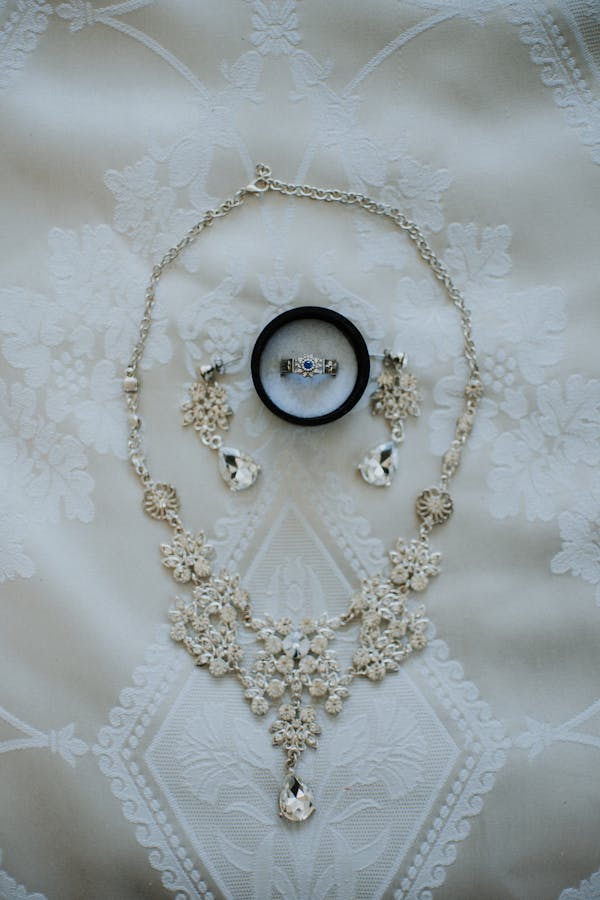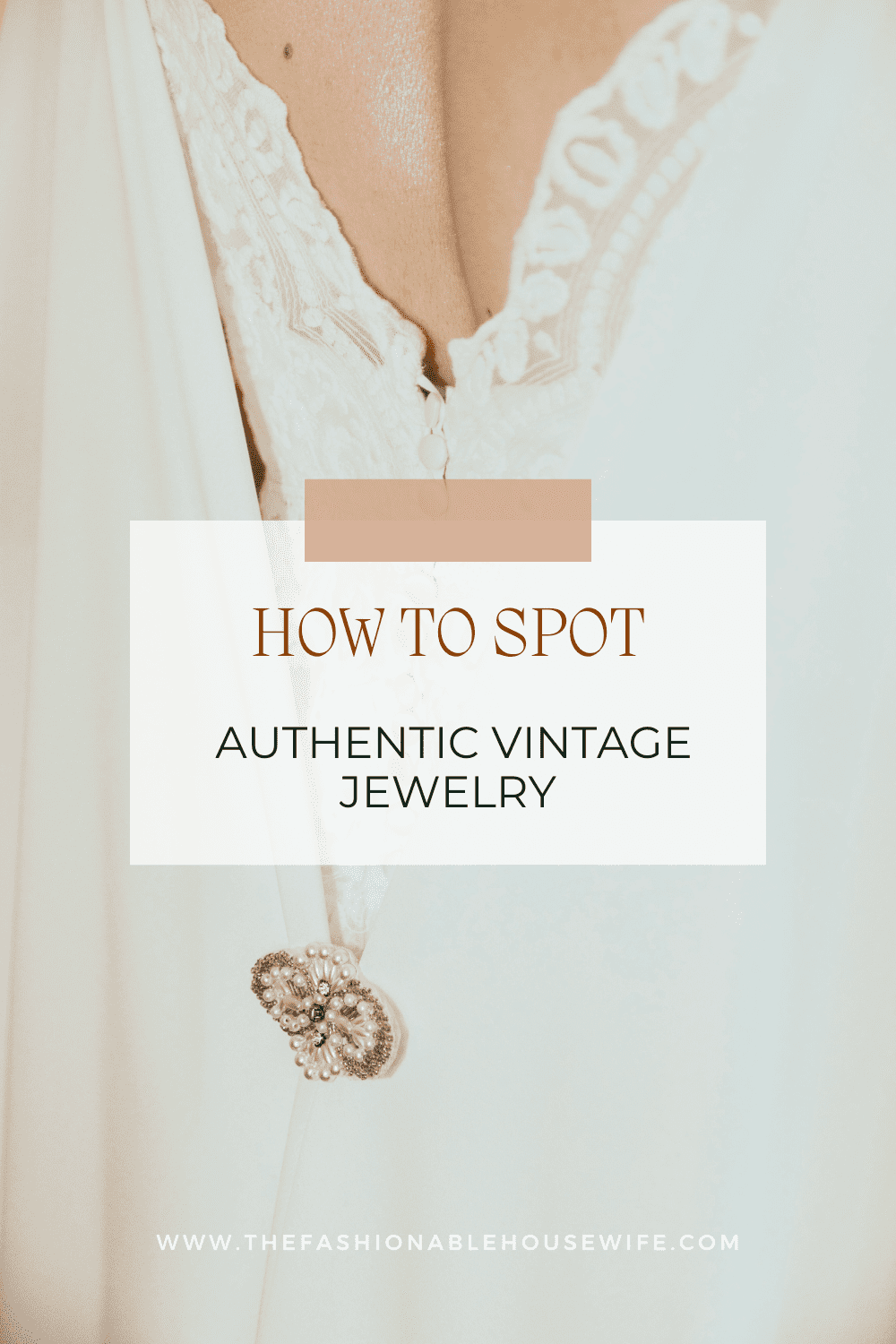How to Spot Authentic Vintage Jewelry

Vintage jewelry holds a timeless charm that appeals to collectors and enthusiasts alike. From delicate Art Deco designs to bold Victorian styles, authentic vintage jewelry tells a story of craftsmanship, culture, and history. However, the market is rife with reproductions and counterfeits, making it essential to know how to spot genuine pieces.
In this guide, we’ll share expert tips to help you identify authentic vintage jewelry, ensuring that your investment is not only beautiful but also historically and financially valuable.
Understanding What Counts as Vintage
Before diving into identification tips, it’s important to understand what qualifies as vintage.
- Vintage Jewelry: Generally refers to pieces that are 20–100 years old. These items reflect the trends and craftsmanship of their respective eras.
- Antique Jewelry: Refers to jewelry that is over 100 years old, often encompassing Georgian, Victorian, and Edwardian periods.
Each era of vintage jewelry is distinct in terms of style, materials, and manufacturing techniques.

Tip 1: Learn about Different Eras and Styles
Understanding the defining characteristics of different jewelry eras is the first step in spotting authentic vintage pieces. Here’s a quick overview:
- Victorian Era (1837–1901): Romantic designs featuring motifs like hearts, flowers, and bows. Popular materials include gold, pearls, and gemstones like garnets and turquoise.
- Art Nouveau (1890–1910): Flowing, organic designs inspired by nature, often featuring enamel and unique gemstones like opals.
- Art Deco (1920s–1930s): Geometric shapes, bold designs, and the use of materials like platinum and diamonds.
- Retro (1940s–1950s): Larger, colorful designs made with yellow and rose gold, often incorporating synthetic gemstones due to wartime shortages.
Familiarity with these styles will help you differentiate between authentic vintage jewelry and reproductions.
Tip 2: Check for Hallmarks and Maker’s Marks
What Are Hallmarks?
Hallmarks are stamps on jewelry that indicate the metal type, purity, origin, or maker. These marks are a key indicator of authenticity.
Common Hallmarks to Look For:
- Metal Purity Marks: Indicate the gold or silver content, such as “925” for sterling silver or “18K” for gold.
- Maker’s Marks: Identify the manufacturer or designer. For example, Cartier, Tiffany & Co., or Van Cleef & Arpels often marked their pieces.
- Country Marks: Indicate the country of origin, such as British hallmarks showing a lion for sterling silver.
Hallmarks are usually found on inconspicuous areas, such as the inside of a ring band or the back of a pendant.
Tip 3: Examine the Craftsmanship
Authentic vintage jewelry showcases impeccable craftsmanship, a hallmark of its era. Here’s what to pay attention to:
- Handmade Details: Look for intricate, hand-carved designs. Machine-made jewelry became more common in later periods, but earlier pieces were often handcrafted.
- Prong Settings: Vintage jewelry often uses prong settings to hold gemstones, whereas modern reproductions may use glue.
- Weight: Authentic vintage pieces tend to feel heavier due to the density of high-quality metals used at the time.
The level of detail and quality of materials in vintage jewelry are often superior to modern mass-produced pieces.
Tip 4: Analyze the Gemstones
Gemstones in vintage jewelry often differ in cut and style compared to contemporary pieces.
Key Features of Vintage Gemstones:
- Old Mine and Old European Cuts: Diamonds from the Victorian and Edwardian eras often feature these cuts, which are less precise than modern brilliant cuts but have a unique charm.
- Natural Inclusions: Authentic vintage gemstones may have visible inclusions and signs of natural, untreated stones.
- Wear and Tear: Minor chips or scratches on gemstones can indicate age and authenticity.
Modern gemstones in a supposed vintage piece may indicate replacement or reproduction.
Tip 5: Inspect the Metals
The type of metal and its wear can offer clues about authenticity:
- Patina: A soft sheen that develops on metals like gold and silver over time. This is a natural indicator of age.
- Testing Metals: Use a jeweler’s loupe to check for metal purity marks or have the metal tested by a professional to confirm authenticity.
- Soldering Marks: Authentic vintage pieces may show signs of repair or soldering, which is common in older jewelry.
Be cautious of overly polished pieces, as excessive restoration can mask their age.
Tip 6: Look for Signs of Age
Authentic vintage jewelry will often show signs of wear, which can include:
- Scratches or Fading: Over decades, metals and gemstones may show signs of use.
- Loose Stones: Over time, settings may loosen, indicating genuine age.
- Clasp Types: Older styles of clasps, such as C-clasps or box clasps, can help date a piece.
Reproductions of jewelery often lack subtle signs that come with the aging process, and pieces may be artificially distressed to mimic wear.
Tip 7: Seek Documentation
Original documentation, such as receipts, appraisals, or certificates of authenticity, can significantly enhance a vintage piece’s value and legitimacy. While not always available, a piece with provenance (a documented history) is more likely to be authentic.
Tip 8: Purchase from Reputable Sources
To avoid reproductions, buying from trusted jewelers or dealers is crucial.
Reliable Sources for Authentic Vintage Jewelry:
- Established Jewelers: Family-owned jewelers with a history of expertise in vintage and antique pieces.
- Auction Houses: Reputable auction houses like Sotheby’s or Christie’s often authenticate items before sale.
- Specialized Dealers: Experts in vintage and antique jewelry who can provide detailed information about each piece.
Working with reputable sources ensures you’re investing in genuine, high-quality jewelry.
Tip 9: Consult an Expert
If you’re unsure about a piece’s authenticity, consult a professional appraiser or gemologist. They can:
- Verify the age and origin of the piece.
- Assess the quality of gemstones and metals.
- Provide a detailed appraisal for insurance or resale purposes.
Tip 10: Trust Your Instincts
Finally, trust your instincts when buying vintage jewelry. If something feels off — whether it’s the price, condition, or seller — it’s best to walk away. Authentic vintage pieces are investments, so it’s worth taking the time to ensure you’re making the right choice.

Final Thoughts on Finding Authentic Vintage Jewelry
Authentic vintage jewelry combines history, artistry, and investment value, making it a worthwhile addition to any collection. By learning to recognize the hallmarks of genuine pieces and buying from reputable sources, you can enjoy the timeless beauty of vintage jewelry while making a smart investment.
Whether you’re a seasoned collector or just beginning your journey, understanding these expert tips will empower you to confidently navigate the vintage jewelry market.

